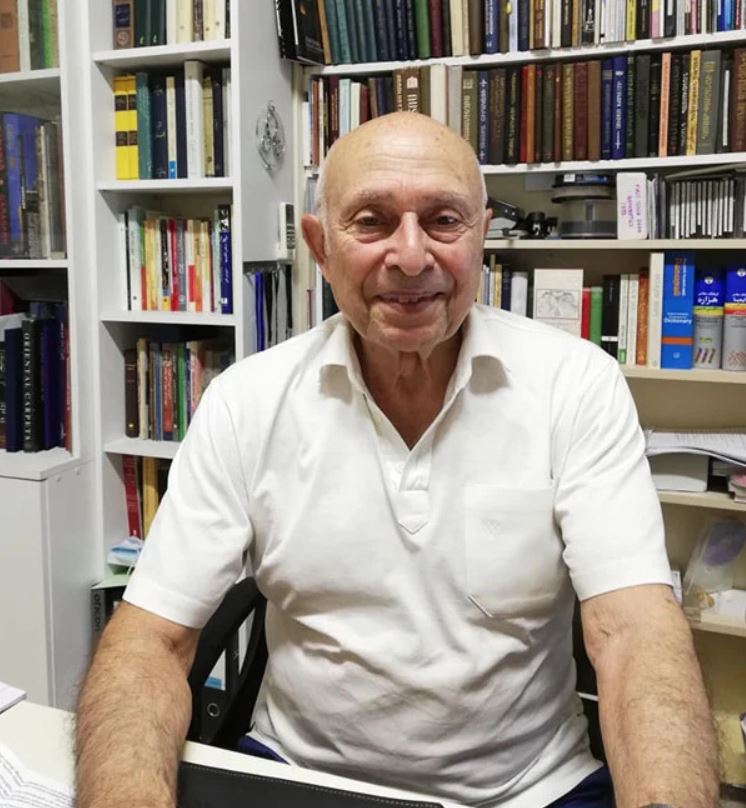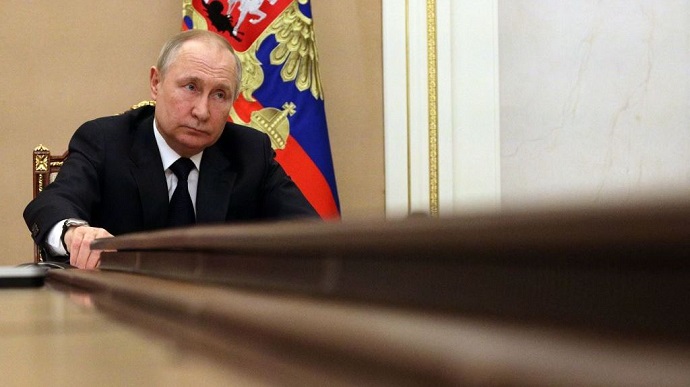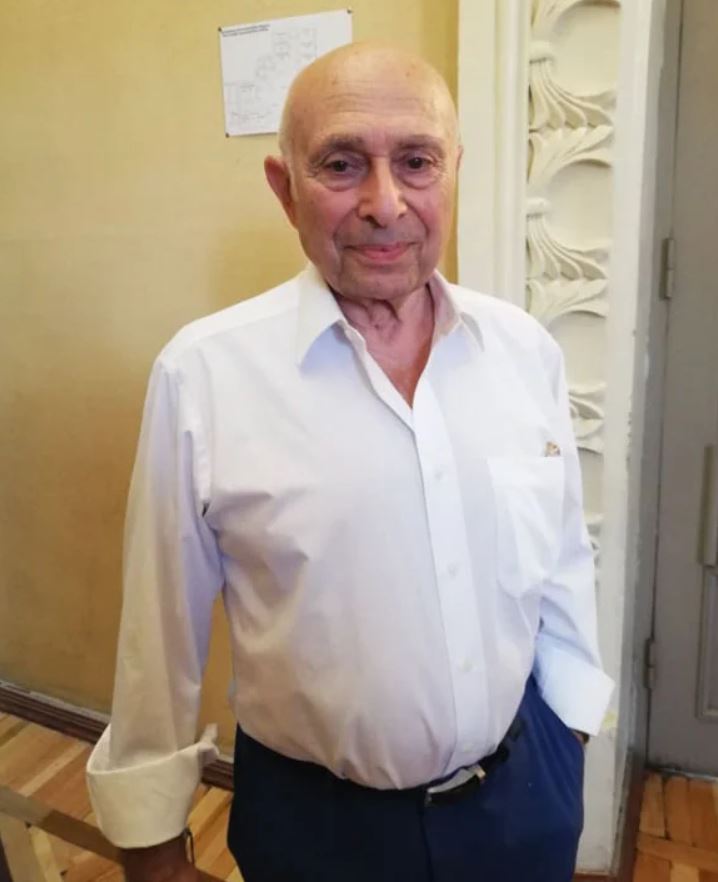Since the establishment of Azerbaijan as a state in 1918, their goal has been to take as much land as possible from the neighbors, mainly from Armenia to the West. They did that work in the days of the USSR, cartographer Ruben Galchyan said at a press conference at the Hayeli press club. He referred to the beginning of the demarcation-delimitation process between Armenia and Azerbaijan.
Ruben Galchyan showed a map on which the territories depicted were once given by Armenia to the Republic of Soviet Russia. The map included Nakhichevan and Nagorno-Karabakh, which were ceded to Azerbaijan after the sovietization of Armenia, and the Kars-Ararat region to Turkey.
The cartographer also clarified that Nagorno-Karabakh includes today’s Artsakh, Kashatagh, and Karvachar. It was the territory that was handed over to Azerbaijan by Stalin’s decision. The cartographer recalled the statement made by Russian President Vladimir Putin on October 22 last year that Russia should also take part in the demarcation-delimitation work between Armenia and Azerbaijan, as the military maps held by Russia are unique. According to the speaker, no one has seen those maps; no one knows what he is talking about, but he finds it remarkable that the Russian president did not repeat his statement.
Read also

cartographer Ruben Galchyan
Ruben Galchyan said that he has been urging the Armenian authorities to get copies of those maps for two years, but supposes that, “Moscow probably did not give them. It wants to surprise us. However, there is one problem that partially solves that difficulty. In 1926, the first large encyclopedia of the USSR was published, which contains the map of Azerbaijan, the map of Armenia. Under the map of Armenia it is mentioned that the situation as of April 1, 1926, was organized and approved by the relevant department. If you pay attention, there is no enclave in that map, Al lakes are not given to Azerbaijan, and Artsvashen, Tavush territories do not belong to Azerbaijan.
There is also a map of Azerbaijan at the same time in the same book, which shows that there is no enclave.” Speaking about the enclaves, the cartographer considers it important to know that after the founding of Azerbaijan, Article 2 of the Constitution of that country states that they are the heirs of 1918-20. Do they not recognize Soviet Azerbaijan as the first independent republic of Azerbaijan? “If they do not recognize Soviet Azerbaijan, they want to go back to 1918-20, then there was no enclave in any of those maps. They deny themselves, they demand something that is not theirs, according to their Constitution.”
The speaker considers it possible to raise this issue during the demarcation-delimitation negotiations, noting that in the same 1918-20 Nakhichevan was still in Armenia, and Nagorno-Karabakh was considered a disputed territory, but inhabited by Armenians. Ruben Galchyan also detailed that until 1932, there were no enclaves; in 1938 only two small enclaves existed in Tavush region, and in 1940, Tigranashen was added to them. “There is no reason, there is no decision, it’s just that the Soviet Union drew it on the map, it became Azerbaijan. Artsvashen, which was confiscated from us by Azerbaijan, has partially returned it, saying that this is your enclave in our country.”
In other words, according to Ruben Galchyan, there is no topic of enclaves at all, there is no need to talk about it. As for the other territories that Azerbaijan demanded and received, the speaker said that in 1923-24, Azerbaijan decided to create a province of Armenia called “Red Kurdistan”, where the Kurds living in Azerbaijan were to be relocated, but because the region is mountainous. There were few pastures, and there were proposals in different regions to provide some pastures, which were not widely used by Armenia, for the purpose of creating Red Kurdistan.
As a result, about 1,500 square kilometers were given to Azerbaijan in pieces, and the locals often did not even know what was going on. That is how they surrendered to Azerbaijan – Al Lakes – in response to the locals’ protest, they replied that the borders have already been drawn, nothing can be fixed. It is possible that when it was decided in 1933 that Red Kurdistan would not be a province, the Armenian territories transferred to Azerbaijan for that purpose were never returned to Armenia. The cartographer notes that today Azerbaijan wants to legalize everything that was once done with gross human rights violations, and when it is in its favor, it pushes it forward. Therefore, in his opinion, Armenia must be ready to legally bargain for it and get back everything that was illegally given to Azerbaijan.
Nelly GRIGORYAN























































